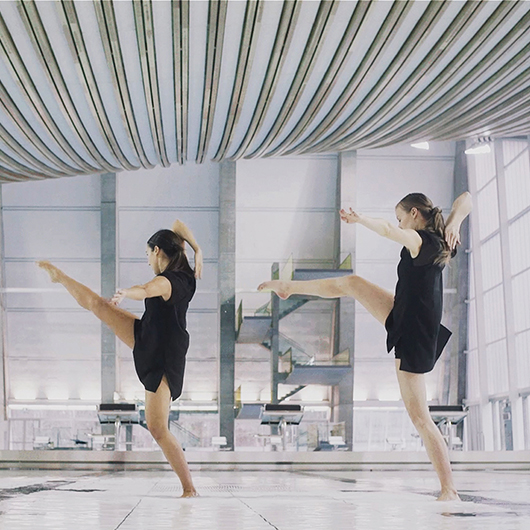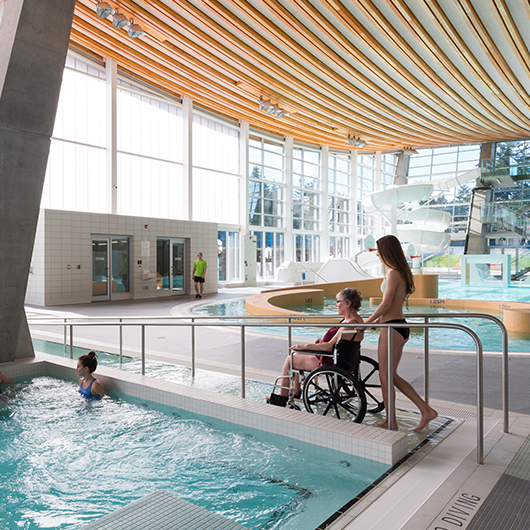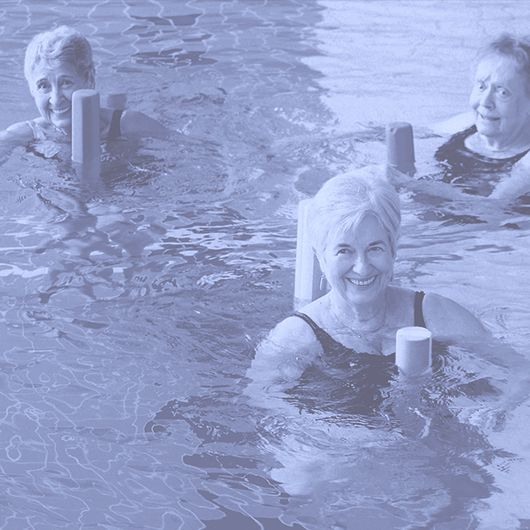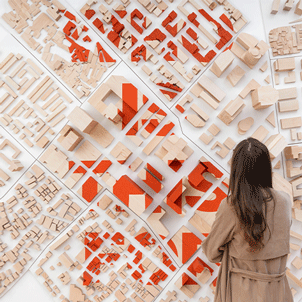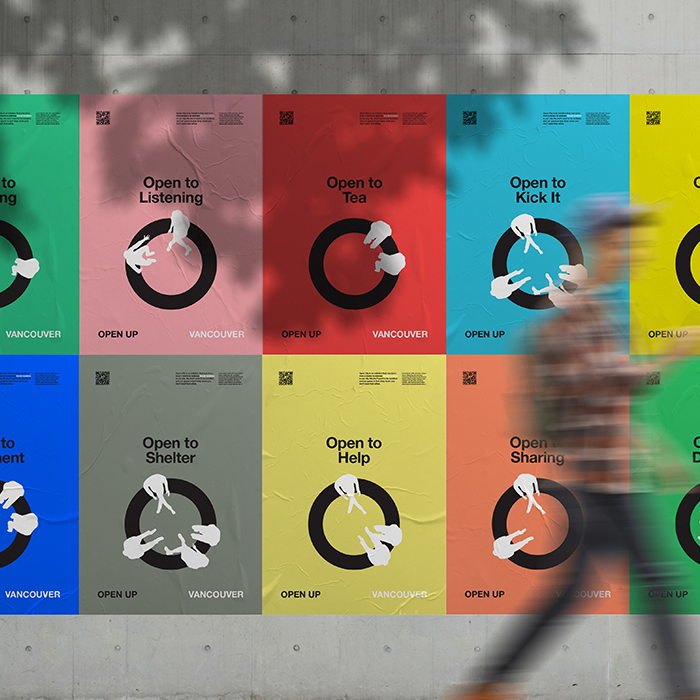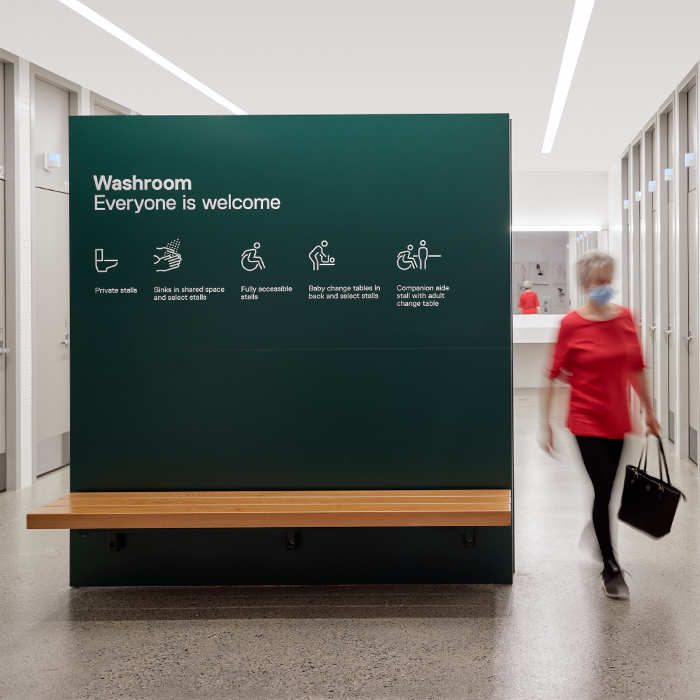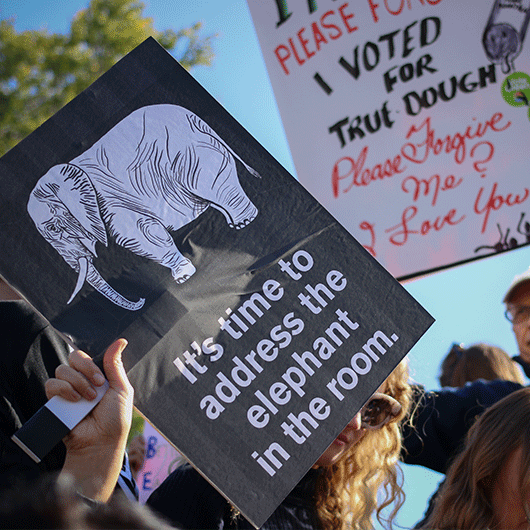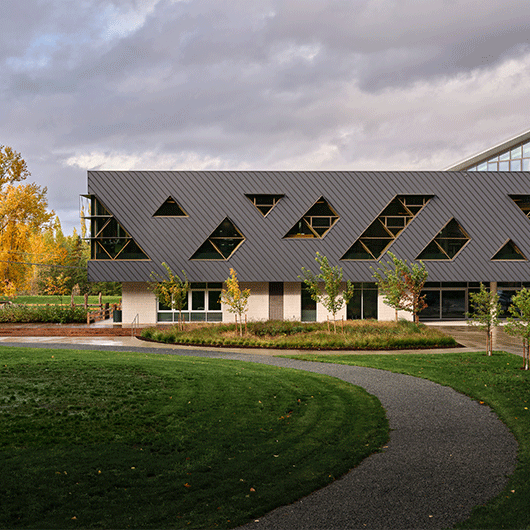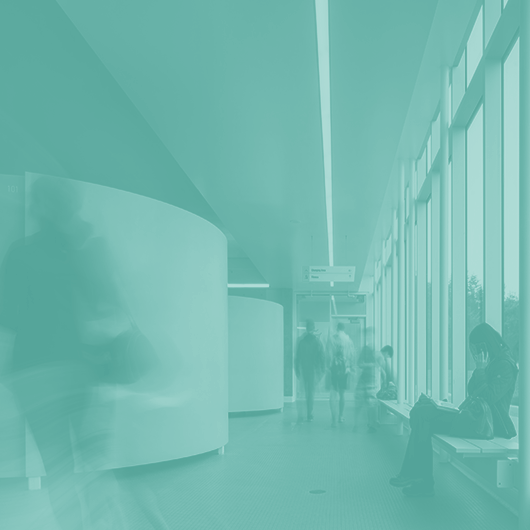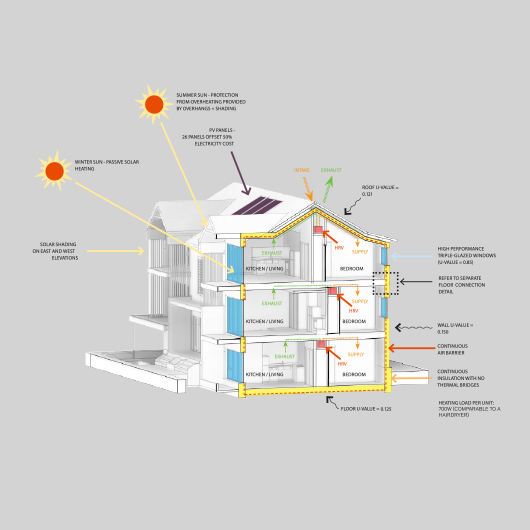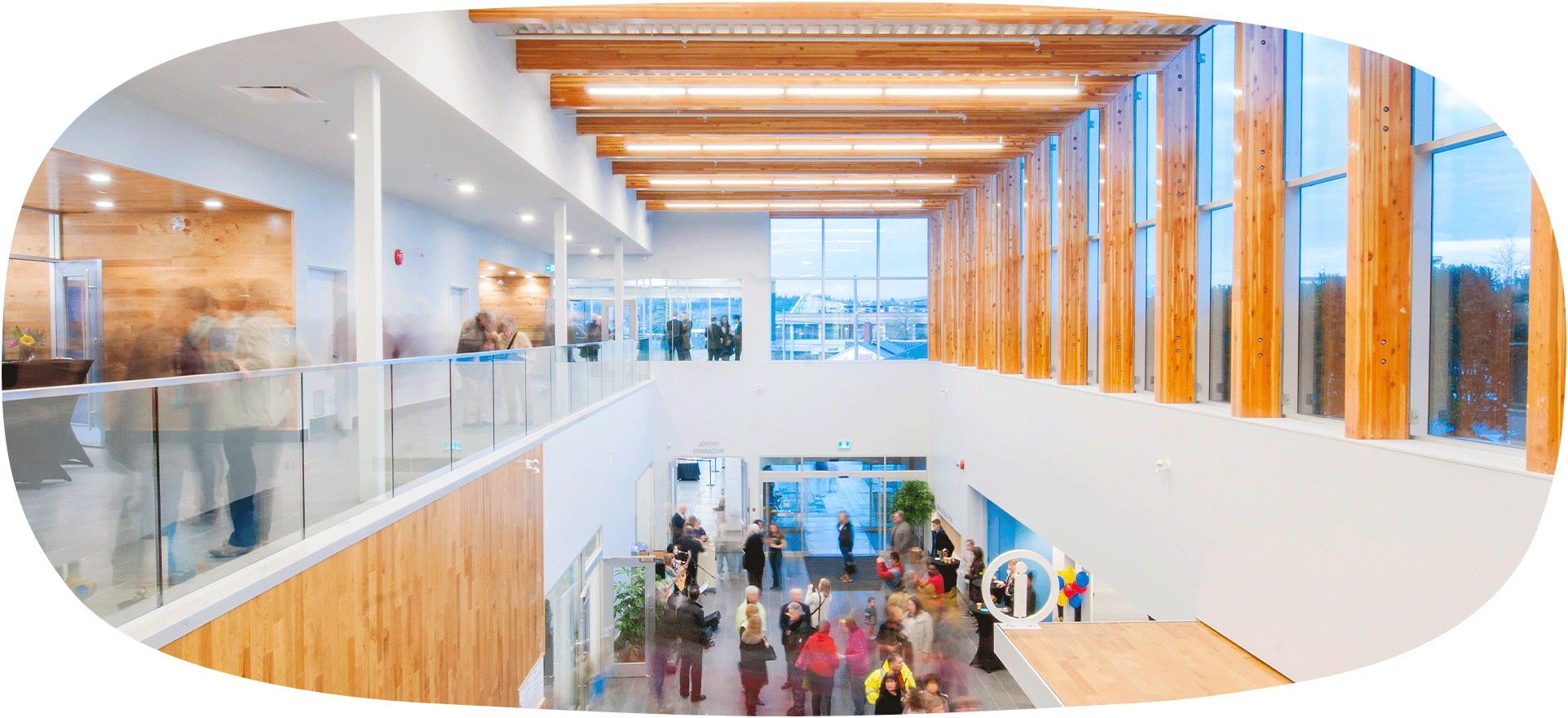
Buildings should reflect who we are. Looking back on six decades of BCRPA history, we have an opportunity to re-examine the role of recreation in society. The philosophy has evolved over the years; how well is this reflected in our buildings?
Previous generations defined recreation through the label of sport, or pursuits that involve physical activity. The buildings—designed during this era as simple, standalone ‘boxes’—demonstrated that. They focused mainly on providing quality experiences through physical infrastructure for a single-use sport, with the goal of getting people in and out of the building as efficiently as possible. Considerations around accessibility and inclusion were either poorly understood or not prioritized, and little value was placed on natural light, fresh air, and views. These buildings were, quite literally, dark boxes.
Today, we subscribe to a broader, more holistic view of recreation. The Framework for Recreation in Canada, authored by the CPRA, provides the following definition: “Recreation is the experience that results from freely chosen participation in physical, social, intellectual, creative, and spiritual pursuits that enhance individual and community well-being.”
What does this mean for the future of recreation facilities?
Activity spaces evolve as they adapt to changing community preferences, needs, and technical requirements. What we need, however, goes beyond this evolution: a collective shift in how we plan, operate, and design our buildings for a more holistic approach.
We need to acknowledge the social role of recreation and design accordingly. It’s not only about participating in physical or cultural activity. It’s also about the connections made before and after these activities that build social capacity and resilience—the conversations made with a stranger while watching a game, the coffee shared between neighbours, the mentorship provided to an individual learning a new skill. While these encounters certainly take place within the traditional ‘sports box’, they are more likely to take place in the spaces between – spaces designed with this social mandate in mind.
Over the last year, I’ve been working with a community in the Kootenays to envision the future of an aging building. There, the seniors have taken over one of the main corridors—an ‘in-between space’—for an informal bonspiel. Kids sat on benches watching, and any visitor that previously had no knowledge of curling as a sport was certainly aware now. What started out as a pragmatic solution to a space challenge turned into an opportunity for inter-generational gathering and social engagement.
If we truly believe that recreation can be more than just physical activity, then we have to start investing in the spaces between the boxes. We have to start recognizing the importance of spaces that embrace connection to nature, accessibility, equity, and social connection as their core values. We have to start applying effort and resources to imagining the spaces that will support this intention.
This is, after all, where the magic happens.
Note:
In celebration of the British Columbia Recreation & Parks Association (BCRPA)’s 60th Anniversary, hcma Principal Paul Fast has written ‘Spaces Between: Re-examining the role of community recreation facilities’ for the Spring-Summer issue of Recreation & Parks BC. Read the piece here.
